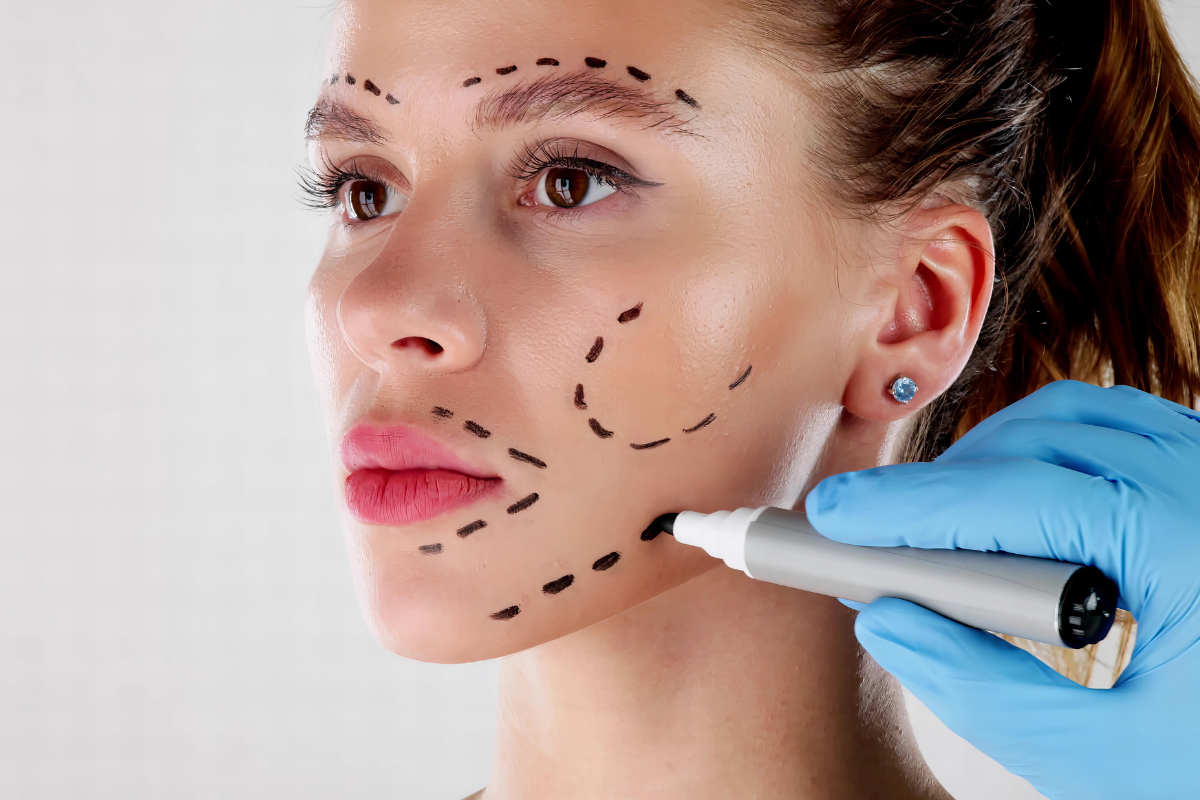

(A Comprehensive Guide by Mesglo Aesthetic Clinic, Marylebone, London)
Introduction: The Geometry of Beauty
What makes a face beautiful? It’s a question that artists, surgeons, and aestheticians have explored for centuries. From Renaissance art to modern digital imaging, one principle has remained constant — harmony. Facial beauty isn’t about perfection; it’s about proportion. Understanding these proportions forms the scientific foundation behind every successful aesthetic treatment.
At Mesglo Aesthetic Clinic in Marylebone, London, practitioners combine anatomical precision with artistic intuition to create results that enhance natural beauty rather than alter identity. Their philosophy centres on balance, subtlety, and individual symmetry, redefining what it means to look refreshed and confident.
The Golden Ratio and the Mathematics of Aesthetics
Centuries ago, artists like Leonardo da Vinci and architects of classical antiquity used a principle called the Golden Ratio (1.618:1) to define beauty. Interestingly, research in modern aesthetic medicine shows that faces closest to this ratio are often perceived as most attractive.
- The ideal face length is approximately 1.6 times its width
- The ideal distance between the eyes equals the width of one eye
- The lower third of the face (nose to chin) should be slightly longer than the mid-face
While these measurements guide symmetry, true harmony depends on individual facial characteristics, ethnicity, and gender identity. A skilled aesthetic practitioner knows when to follow — and when to gently break — these rules.
Facial Thirds: Understanding Vertical Balance
The human face can be divided into three vertical thirds:
- Upper Third: Hairline to eyebrows
- Middle Third: Eyebrows to base of the nose
- Lower Third: Base of the nose to the chin
In youthful faces, these sections appear balanced, with smooth transitions between them. https://mesglolondon.co.uk/?p=4384
Comments
Post a Comment